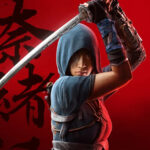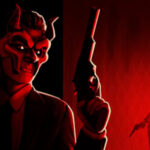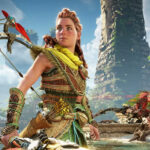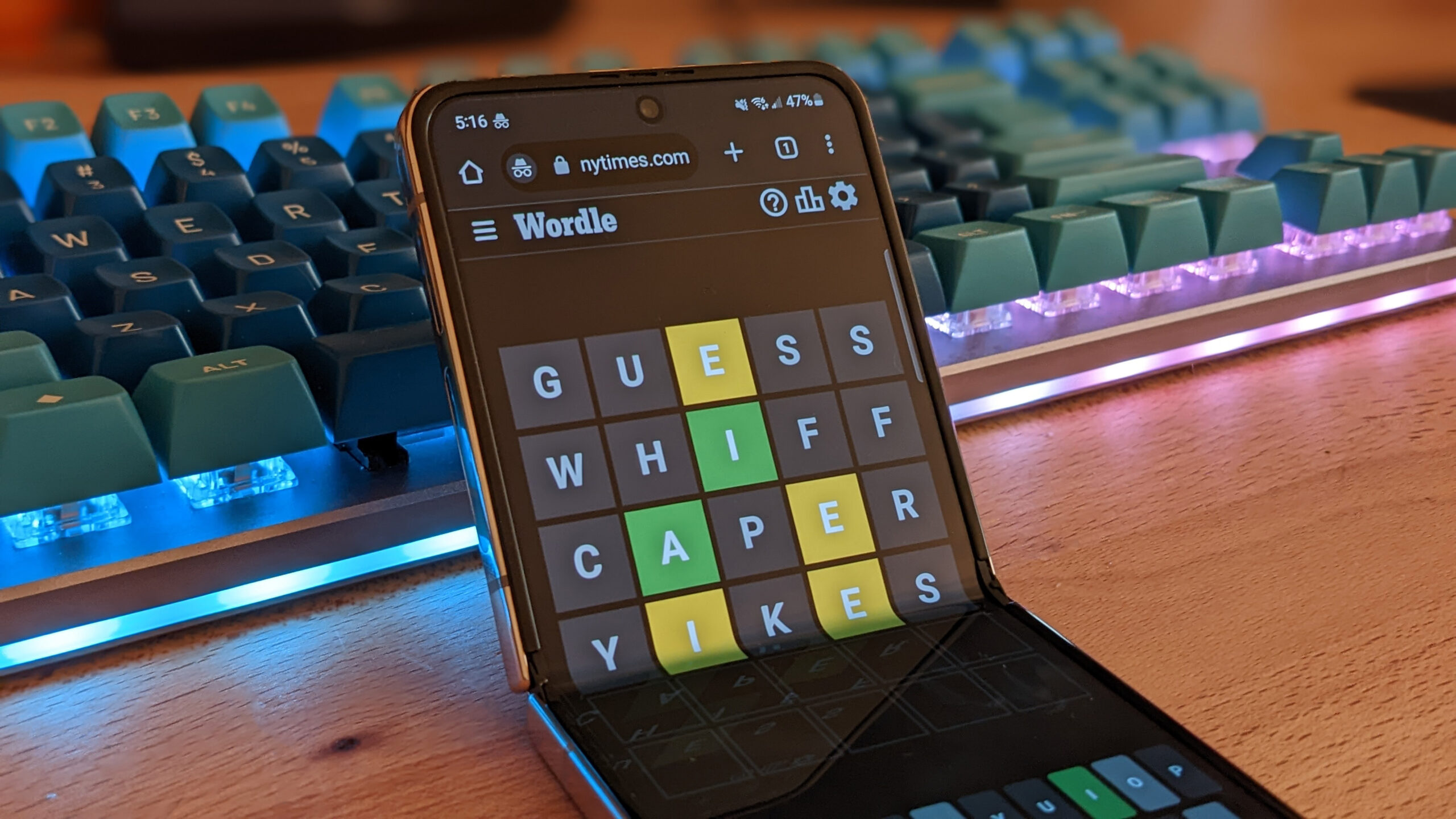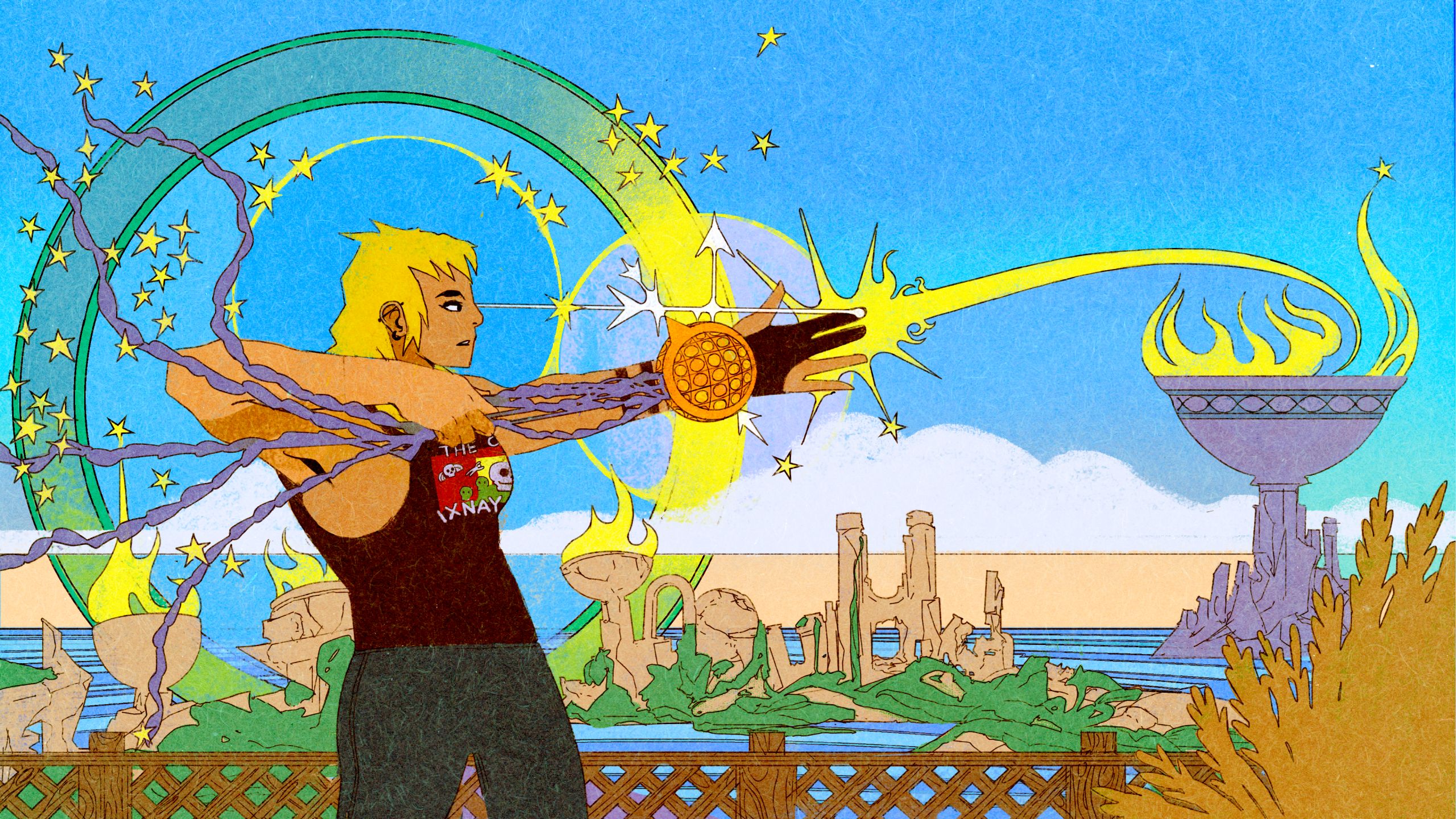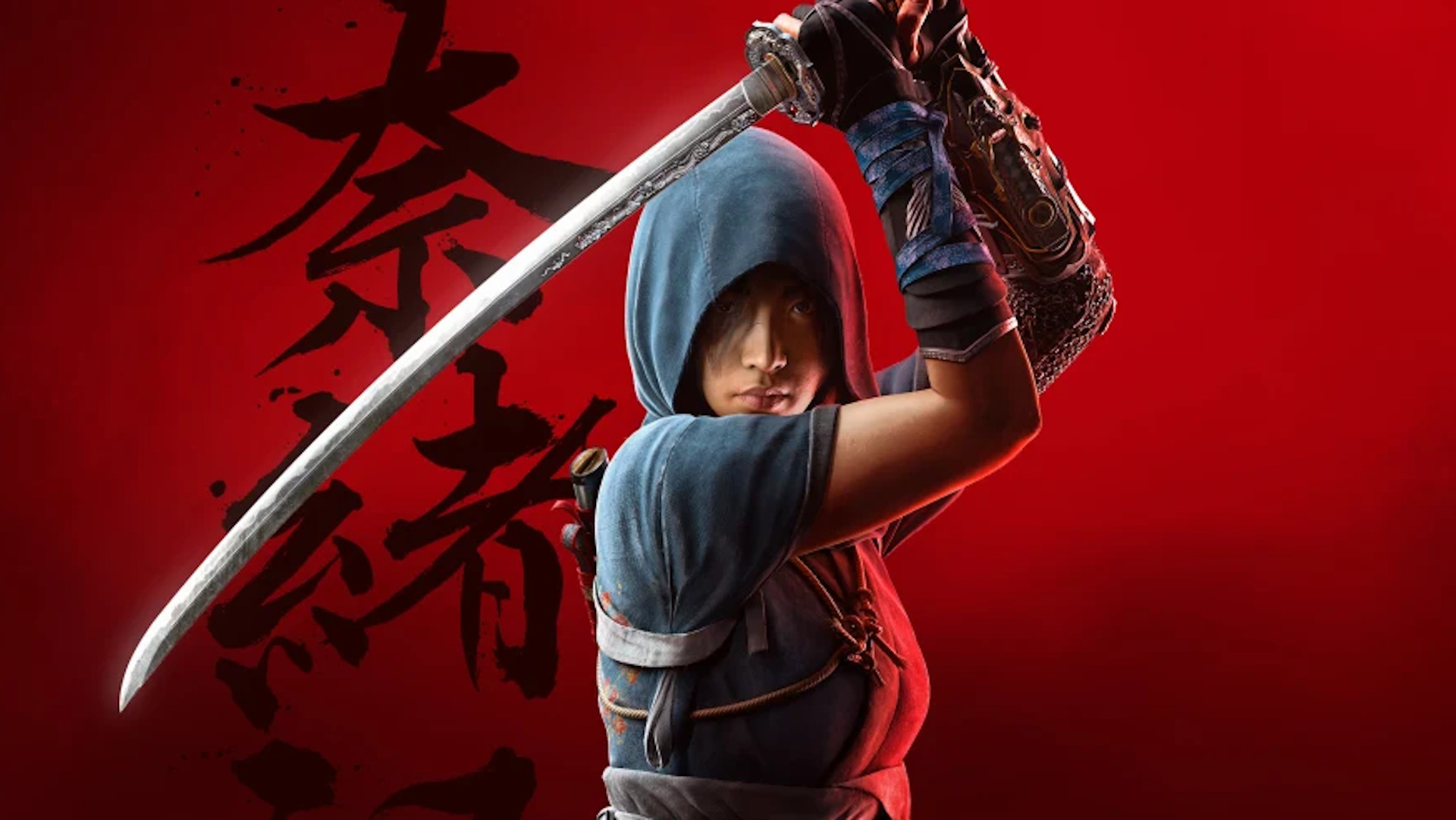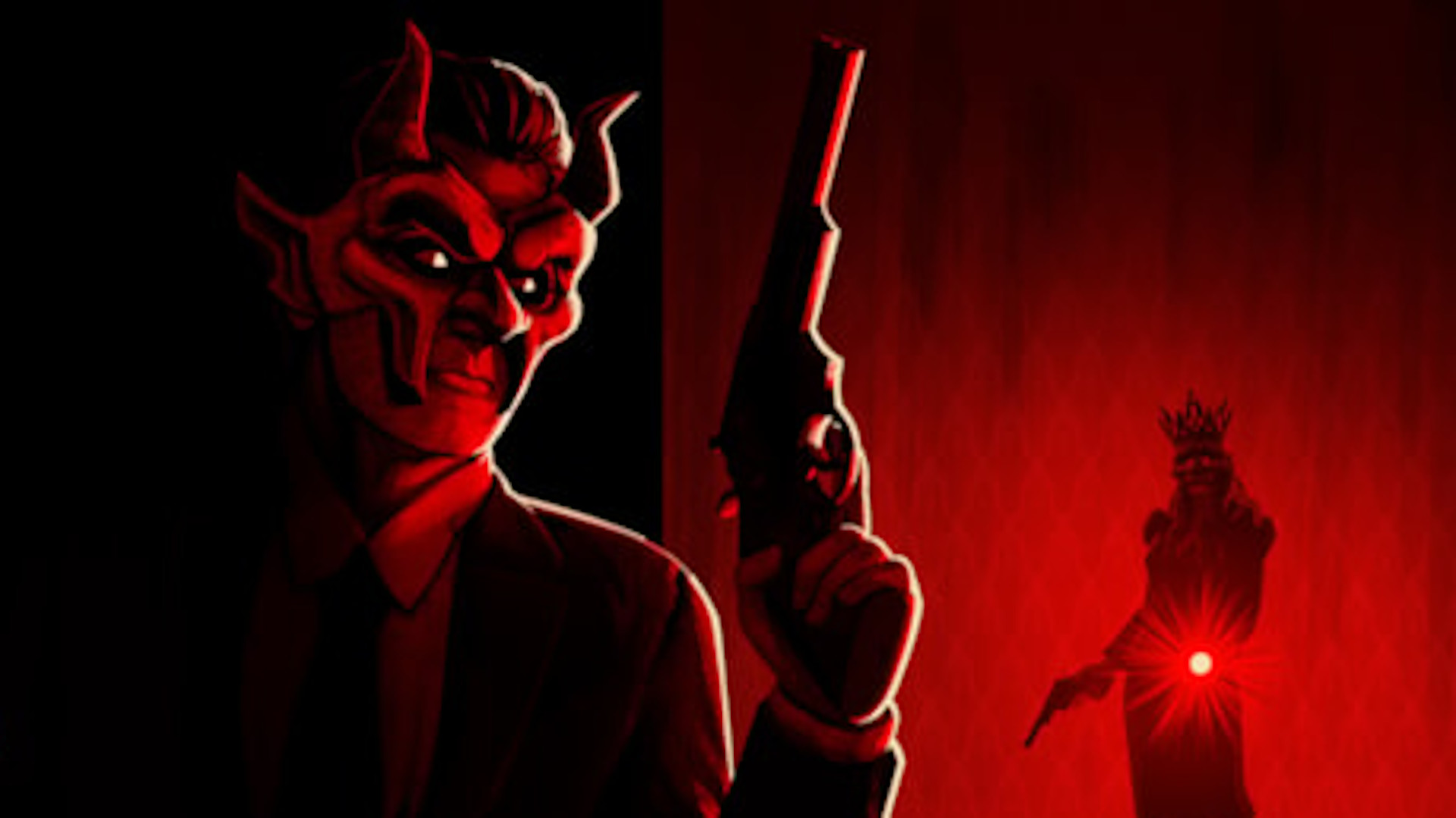This article first appeared in PC Gamer magazine issue 392 in January 2024, as part of our Secret Level series. Every month we talk to the unsung heroes of games development, and explore what makes their roles vital.
Although recently promoted to art director at Larian, Alena Dubrovina hadn’t originally planned a career in games. After a false start studying journalism, she started over with a game-focused art education, including a required internship. She interned at Larian, stayed on as a junior artist, and moved on from there.
“What attracted me to games,” says Dubrovina, “was the amount of variety that you could contribute to. A game is not only focusing on architecture, or fashion, or anatomy—right? It’s all of those things combined.”
Dubrovina was a lead character artist during Baldur’s Gate 3’s development, the responsibilities of which included clothing and armour design. These designs were very much a collaborative process however, involving multiple people including writers, concept artists and more.
The design team has changed and grown significantly since Divinity: Original Sin 2 went into production, too. “Back in the day we were a team of maybe four character artists,” says Dubrovina, “[and] we grew it ever since”. The six-year production time of Baldur’s Gate 3 meant that “we were figuring out what to do along the way”, with the quality of armour and costume designs improving noticeably over the years.
Baldur’s Gate 3 presented a challenge Divinity: Original Sin 2 didn’t have, in terms of the adjustable cinematic camera. Patterns and clothing designs now needed to work from both close-up and far away. Dubrovina gives an example of three patterns which, while distinct up close, looked the same at distance.
The D&D ‘bibles’ available to the team determined which types of armour could be used, and by which classes. The practicalities of game development provided further restrictions to work within. The wildest and most flamboyant armour or clothing designs at the concept stage sometimes had to be cut, as tech animators would point out that they were not practical for animated characters within a game world.
(Image credit: Larian Studios)
That doesn’t mean that there was no creativity or fun; far from it. “Sometimes we came up with something that we hadn’t done before,” explains Dubrovina, “and then we’ll make a small test; and if everybody is happy with how it looks, we go for it.” Circling back to the D&D authenticity, one example of this having a significant impact on design is the barbarian class, and how characters within it are supposed to be naturally tough.
“Their outfit is technically not considered to be protective. That was a huge challenge for people who never designed such an armour!”
Alena Dubrovina
“Their outfit is technically not considered to be protective. That was a huge challenge for people who never designed such an armour! In the briefing, it says ‘armour’, it’s an equipment piece. So you keep wanting to add shoulder pads. You keep wanting to add some kind of protective belt, or a chest plate. And whenever we got the sketches we were like, no, no, it shouldn’t be an armour, this is too protective! We needed to follow the design behind it.”
When she first started working on Baldur’s Gate 3, Dubrovina would point out that some armour designs weren’t practical, or were somehow unrealistic. Eventually, “I realised that wasn’t the goal. The main thing is looking cool, and fitting in the game setting, and telling the story that it needs to tell. And what I noticed as well—no complaints from the online community!” When designing outfits and armour, Dubrovina believes real-world trends matter. “I think it’s very important for game professionals not to isolate themselves from it. It’s really easy to get stuck in this bubble and to just be the guy who works in a very specific style. Partially, I think what made Baldur’s Gate 3 such a successful game, is that we made it as varied as possible.”



